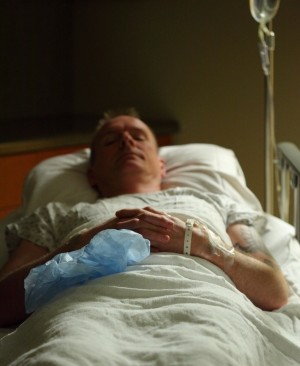By: Kamal Menghrajani

Thousands of California’s sickest residents are already benefitting from the federal health care law. The Affordable Care Act says that people cannot be denied health insurance for a pre-existing condition. Until the law goes into full effect in 2014, the government has created a bridge program to help--the Pre-Existing Condition Insurance Plan, or PCIP. But this high-risk insurance program is proving to be much more expensive than expected.
California is spending three times more than anticipated to insure the people who have enrolled in this program. Before the program launched in 2010, California projected that the program would cost about $12,000 a year for each member. But a year later the administrators of the program determined it was costing more than $37,000 per patient.
According to a report [PDF] from the White House, the cost of care for PCIP patients across the country is twice as much as originally projected.
As the Washington Post reports:
Those who have enrolled in the program are projected to have significantly higher medical costs than the government initially expected. Each participant is expected to average $28,994 in medical costs in 2012, according to the report, more than double what government-contracted actuaries predicted in November 2010. Then, the analysts expected that the program would cost $13,026 per enrollee.
Looking beyond costs, thousands of people across California are being helped by this plan. Some had been denied coverage because they carry a diagnosis of cancer, heart disease, or kidney failure. Others found that the only insurance they could get was excessively costly, with rates of thousands of dollars per month.